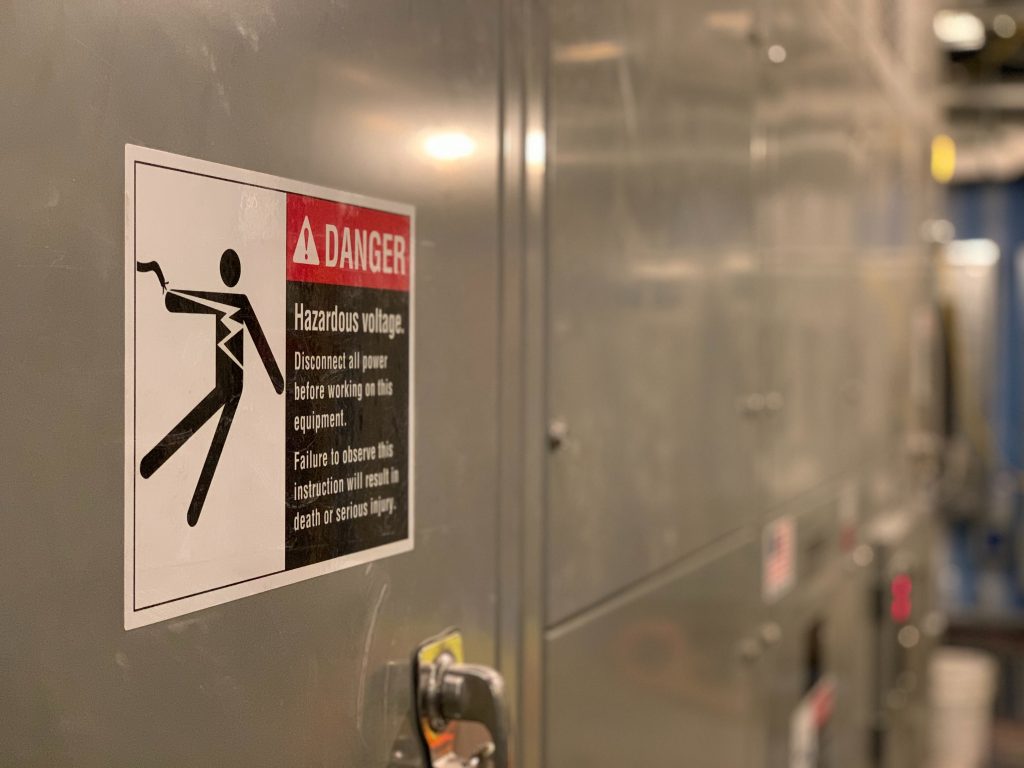How to develop safety facility inspections

Hello,
The below information is intended to help navigate you through internal site auditing of your business to insure on site safety and to meet OSHA recommended guidelines.
Regular scheduled site safety audits using formalized checklists are vital to site safety, cost-efficiency and worker productivity of all organizations. Regardless of the size of your company, you’ll benefit from taking these measures.
Conducting safety inspections in the workplace is important for several reasons. Even though the Occupational Health and Safety Administration (OSHA) doesn’t mandate inspections, they strongly recommend it. You will need to compile thorough checklists for all areas of your workplace, on both the office and the factory floor to include all departments.
Of course, compliance is not the only reason to carry out regular inspections for hazards at your workplace. They can be an important part of your overall health and safety program, if your company has one. Some of the reasons for establishing a process for regular safety inspections include:
- They help prevent risk of accidents and injuries
- They create an atmosphere of safety and security in the workplace
- They show your commitment to ensuring your employees’ well-being
- A detailed inspection report or an inspection certificate from a third party may also help you with property insurance issues, if you ever face them

5 Steps to Conduct an Effective Safety Inspection at Your Workplace
To conduct an effective safety inspection, it may be useful to consider it a part of a continuous improvement cycle to ensure the safest possible workplace for your employees. Here are the steps you can take to streamline your process.
Before conducting a safety inspection, it’s imperative to plan for it. Creating a safety inspection plan involves the following elements:
1. Create an Inspection Strategy
A schedule
Since inspections should be regular, the first step would be to decide how regularly you’re going to conduct them (ideally, one every six months or so) and when these inspections would be.
Try to ensure that your inspection covers all the shifts in the day, and also the areas where the work is not as regular (such as equipment maintenance activities) so that all possible hazards are explored. This schedule should then be communicated to all the stakeholders involved in the inspection (such as shift supervisors, managers, etc.).
A list of the inspectors
It is important to know who will be involved in the safety inspection process and to delegate duties according to the inspectors’ individual skills, if applicable. It’s a good practice to establish a team for this purpose as placing the burden on a single person, even if they are highly trained, may lead to errors or omissions.
The team could consist of individuals with diverse skills — for example, trained safety professionals, equipment experts, and supervisors.
An inspection checklist
It’s useful to have an idea of what to look for before your team conducts the inspection. An inspection checklist tailored to your workplace may help the inspectors keep on track and ensure that they don’t miss anything. For an efficient and streamlined process, you can organize the checklist into categories such as equipment safety, fall protection, accident risk, etc.
Finally, make sure to include all the elements of your workplace, including the people (e.g., whether your workers are following safety practices), the equipment (e.g., wear and tear, corrosion, etc.), and even the environment (e.g., noise, lighting, emissions, etc.)
A list of guidelines
Before you start inspecting your workplace, you may want to refer to relevant guidelines or standards to know what to look for. For instance, while checking for fire hazards, you can check the National Fire Protection Association’s Life Safety Code 101. NFPA’s document outlines the minimum design, operation, and maintenance requirements for various types of spaces to ensure safety from fire or similar emergency situations.
2. Conduct the Safety Inspection
Once a comprehensive strategy has been created, it’s time to carry out the inspection. The inspection team must observe all work processes and equipment closely, looking for possible workplace hazards including:
- Inadequate machine guards
- Malfunctioning safety equipment
- Absence of a well-stocked first aid kit
- Biological hazards such as parasites
- Environmental issues like fumes or radiation
- Physical hazards such as wear and tear of equipment, heat, electrical hazards, etc.
- Risks to the mental health of workers such as stress or workplace bullying
- Poor work practices like using machinery without adequate safety training, overloading equipment, using defective tools, repairing or adjusting equipment while it’s on, and more
You may be required to fill an inspection form, especially if you’re conducting the safety inspection for insurance purposes. Even if it’s not required, such a form may be useful to keep a record of your inspection data.
While conducting the inspections, it’s important to remember that the ultimate goal is not compliance but ensuring the safety of your workers, and even yourself. So, to ensure an effective, safe inspection, keep the following best practices in mind:
- Communicate any immediate danger or hazard to the relevant authorities without waiting for your report to reach them, so that they can fix the issue as soon as possible. For example, if a piece of equipment that is currently being used is unsafe, ensure that it’s shut down immediately to prevent accidents.
- Do not operate the equipment on your own if you are not trained to do so.
- Take copious notes, describing every hazard and the exact conditions under which it occurs.
- Ask the workers for additional information if you don’t know about the particular work process or equipment without disrupting the work too much as unnecessary interruptions may result in safety issues.
- Record information such as equipment readings (exposure to chemicals, radiation levels, etc.), emissions inspections, hazardous conditions, and others in the form of notes, sketches, photographs, and videos if necessary.
- Remember that there are no exemptions in safety, and sometimes even little mistakes may be quite hazardous.
3. Review the Data
Once the inspection data is collected, it needs to be reviewed and analyzed to find gaps and take actions to mitigate the hazards and improve workplace practices.
Any trends in the collected data would help identify the root causes of issues and make changes at the enterprise level to prevent the hazards from occurring again. A cloud-based, automated inspection solution would make this work simple and efficient, analyzing trends and generating reports to make planning corrective actions easy.
4. Implement Corrective Actions
The whole process of inspecting your workplace for safety issues would be pointless if you don’t use the data to help prevent risk.
In your inspection report, include a section proposing the actions to be taken to correct the hazards found. For example, if a certain work practice involves safety risk, the proposed action may be a recommendation to reform the practice. Or, if the data shows a concerning trend, a team may need to be instituted to investigate the matter further.
Make sure your proposed actions are comprehensive, including the delegation of work for all the proposed actions, deadlines for the actions to be completed, and a way to report the progress in this work by providing the teams responsible for corrective actions with the contact information of the stakeholders to report to.
5. Follow Up on Your Findings
Schedule regular follow-ups to ensure that your findings from the safety inspection are being acted upon. When the proposed deadlines for the actions pass, ask the relevant teams for progress reports and follow up with stakeholders to check if the solution is working.
If a hazard persists despite taking action, it might be that the root cause of the issue was not eliminated, making further analysis necessary. Remember that this is a continuous process and not something that can be forgotten once the inspection has been done.
Hearing from individuals who are on the front line will give you valuable insights into the safety measures and checks that you should include in your inspection – and will boost their overall levels of morale and motivation. If you use all this information to create checklists that include environmental impact, you’ll increase the wellbeing not only of your employees and overall organization, but of the planet too. And in today’s day and age, that’s equally important.